Monday 31st August 2020: John has been for an early morning walk this morning to take photos of the sun rising. It is high tide at 10.05 so we walk Pretty Pool and the beach again – the mangroves on the shoreline that were high and dry before are now under water. The swimming pool at the park isn’t operational at the moment – there are 162 cabins here as well as the caravan sites.
Phil is our tour guide for the Salt Eco Tour and he has 8 passengers today – he did our Twilight BHP Tour when we were here a few weeks ago and is a wealth of knowledge. It is a 3 hour tour which takes us out 35 km to where the production begins with seawater from the Indian Ocean which enters the Ridley River and Tappa Tappa Creek at high tide. The production of salt started here in 1966 by Lesley Salt, which was then sold to Cargills and then to Rio Tinto in 2001. 3.2 million tonnes of the highest grade salt is exported each year – it is industrial salt not table salt.
There’s 1200 hectares of crystalisation ponds/lakes (31 in total) around the stack in town and 7800 hectares of concentration ponds/lakes where the process begins. There are 8 concentration ponds – the sea water entering is 3% saline and by the time it moves to Pond 8 it is 28% and ready to be pumped and gravitate in a channel to the crystalisation ponds in town where it takes another year before it is 99.5% sodium chloride and ready to ship – a process of 2 years. Hot temperatures and wind are needed for the evaporation process and birds and fish (of which there are plenty in the ponds) are important as they eat the organic matter helping with the purification of the salt.
We have a stop for afternoon tea near one of the ponds - lovely scones, jam and cream – and Phil takes this opportunity to ‘enlighten’ us about some of the Aboriginal issues, goaded on by a Canadian in our group. He has a very good knowledge actually as he has been a successful ‘go between’ between Aboriginal groups and white companies. He makes the point that ‘Aboriginal Land Rights’ only gives them the right to negotiate, not to own anything.
Back to the salt – we are back in town and go in close to the salt stack and for some reason they aren’t working. Phil estimates that there are 250,000 tonnes in the stack – it is small fry for Rio, making 30-40m $’s per year. From the stack we go to the Port to see where it is loaded onto the ships which have big bins so the salt doesn’t come into contact with the ship itself. We are given a sample of the salt, it is actually quite large and almost clear sharp crystals and very salty.
Decide to drive down to Pretty Pool suburb on our way home – the tide is really out and it’s a lovely view across Pretty Pool to the caravan park on the opposite point. A nice suburb.
Nola Banks walked past and was checking out our CV number plate until I popped my head out the door – they have just done a cruise up the coast from Broome and loved it.

 Port Hedland, Western Australia, Australia
Port Hedland, Western Australia, Australia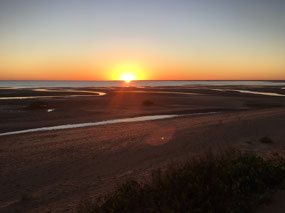
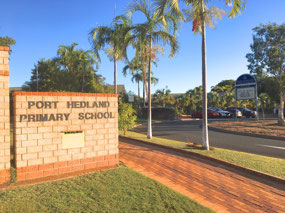

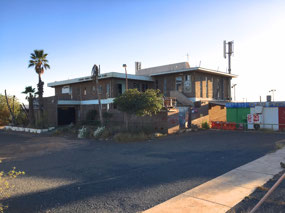
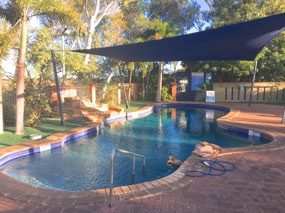
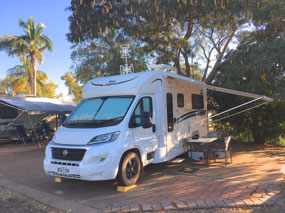
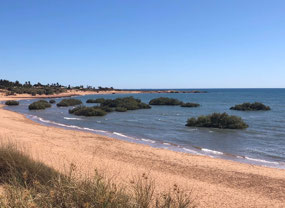

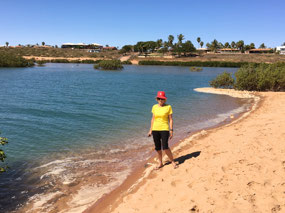
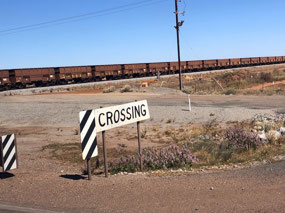
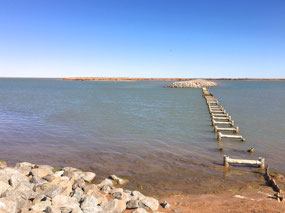
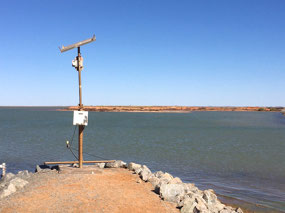
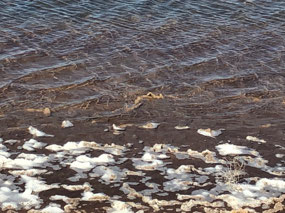
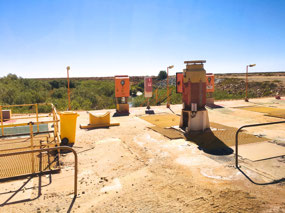
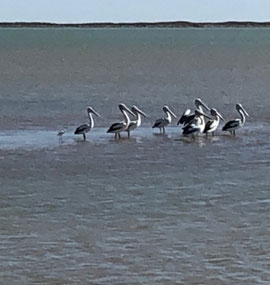
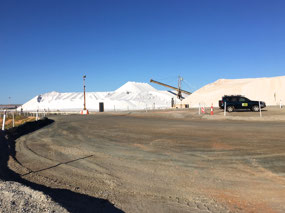
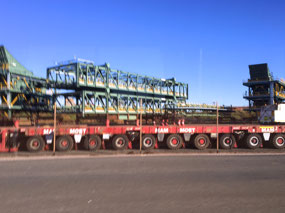
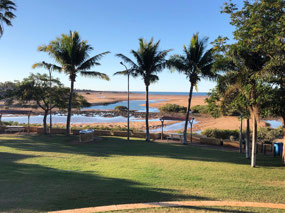

2025-05-22